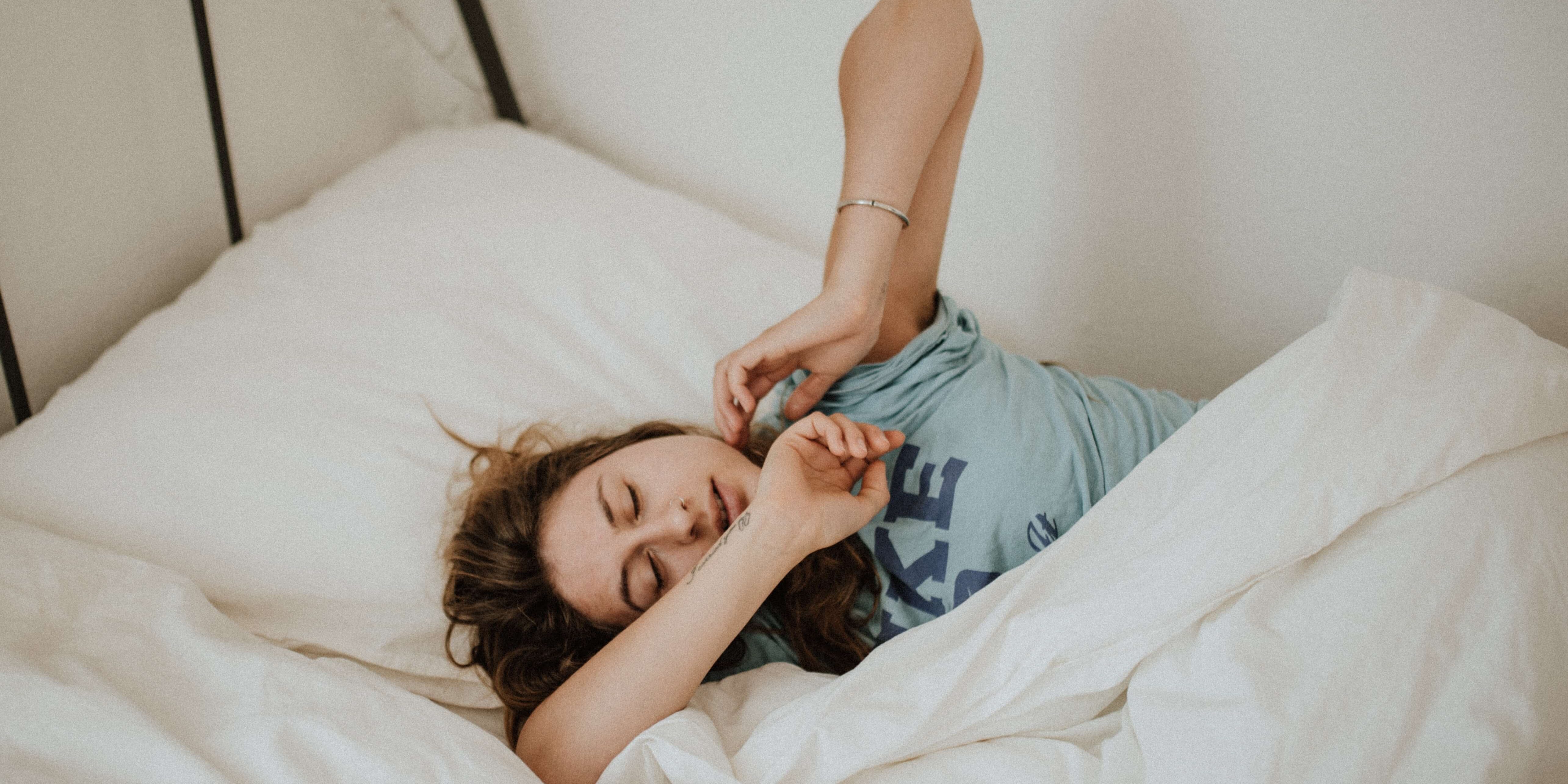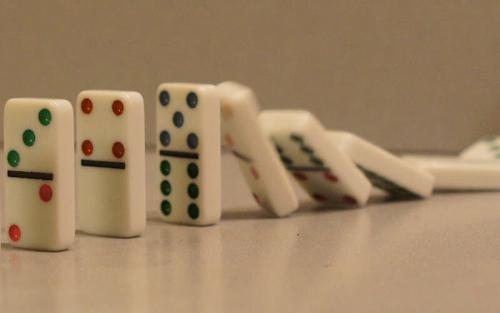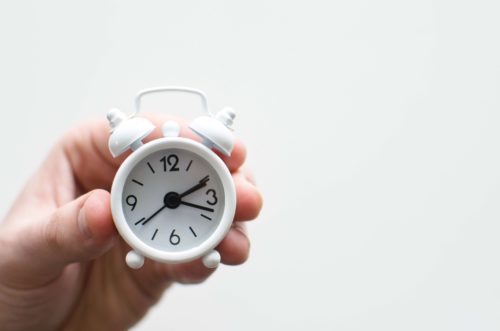The body’s reaction after an osteopathic session
When a consultation is coming to an end, it’s not uncommon to hear the osteopath tell you not to participate in sports activities for the next couple of days, and to let yourself rest instead. But why is this a necessary precaution?
Relief may be felt immediately at the end of a consultation, there could be muscle soreness or hypersensitivity of the area that was worked on for two days following the procedure; this is a natural effect called rebound.
The rebound effect
The rebound effect is a temporary reactionary aggravation that happens the day or the second day after the osteopathic treatment, even though everything seemed to have gotten better.
The intensity of the rebound effect depends on each patient and seems to depend on the chronic nature of the condition, the tissues concerned and the importance of the trauma at the origin of all the pain.
In the first 24 to 48 hours, it is possible to feel
Pain in the areas of contraction as they release.
An increase in the original pain, the appearance of new pain in areas above and below.
Some visceral symptoms such as irregular bowels or gastric reflux.
The normalisation of zones can therefore cause an increase in symptoms or can cause some new ones to appear, although these can be reversed.
As of the 4th day, the body finds its balance following the session: It is at this moment that you will feel the benefits of the treatment.
There are improvements that you will see over time, in the intensity and the frequency of the pain.
15 days after the session
Did you schedule a follow-up session with your osteopath? If so, that means that your therapist hopes to extend or complete his treatment.
In fact, when the body is not in balance, it has a tendency to return to its original state and the initial pain can return.
You should understand that the body remembers the mobility restrictions, no matter how long ago they occurred.
That’s why your osteopath advises you to book another session to ensure that the body has completely integrated the corrections that were made.
Under these conditions, you can then expect to receive long-lasting results from your care.
Don’t hesitate to call your osteopath with any questions that might arise after treatment, as he or she is the best person to address them.
In conclusion, it is recommended not to do intense physical activity, to not plan on large cleaning tasks or moving of furniture, nor any intense DIY projects.
Take advantage of the time to take a break and to let your body rest. Thank your body, treat it well and watch over it carefully. It does what it needs to do, and it does it well.
To learn more
What effect can manual therapy have on a patient's pain experience?
Manual Therapy is an effective treatment contributing to the recovery of functional capabilities, but it should be included within a multimodal approach targeting the functional recovery of the patient. Current evidence is suggesting that a multimodal approach, including MT, exercise and education, seems to provide better outcomes than MT alone. A genuine multimodal approach should include not only physical management but a consideration of the psychological and psychosocial aspects of the patient’s unique pain experience.
The effects of spinal mobilizations on the sympathetic nervous system: a systematic review.
All studies demonstrated a consistent increase in sympathetic outcome measures, indicative of sympathetic excitation, irrespective of the segments mobilized. Synthesis of the results established strong evidence (multiple high-quality randomised controlled trials (RCTs) for a positive change in skin conductance, respiratory rate, blood pressure, and heart rate among the healthy population.
The neurophysiological effects of a single session of spinal joint mobilization: does the effect last?
Research showing demonstrable neurophysiological effects of a single session of spinal mobilization has been highly important in contributing to the paradigm shift in how clinicians view the technique, application, and outcomes related to manual therapy
Disclaimer: The information contained herein is intended for informational purposes only. It would not replace a session with a practitioner.













